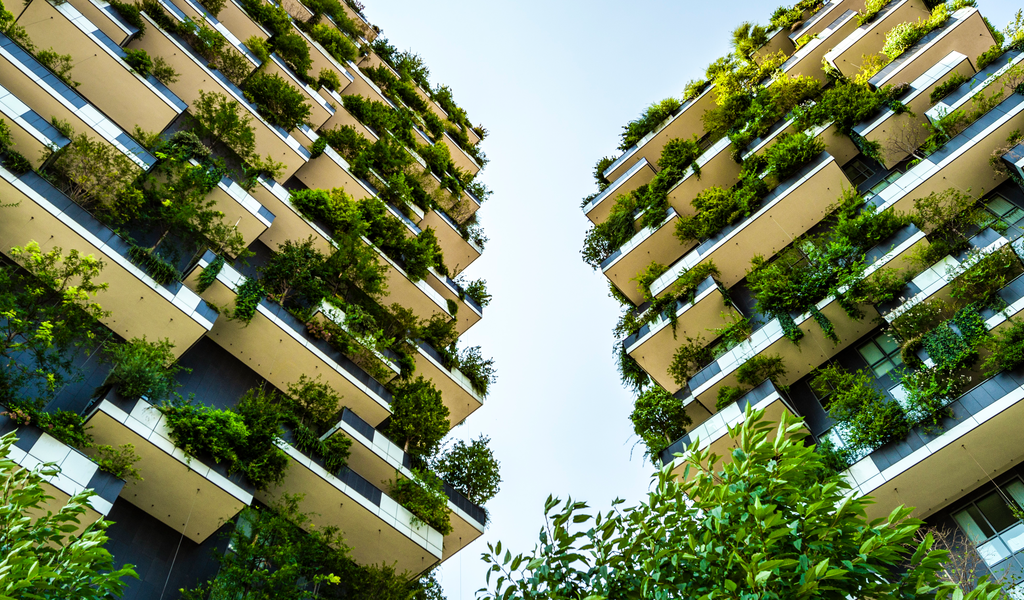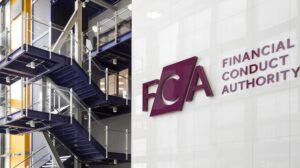Scrutiny on sustainability in real estate is set to continue, meaning costly renovation is inevitable. But these costs are likely to pay off, both in terms of returns and impact on the planet, as sustainable property companies become more attractive to investors, the environmental impact is felt and connectivity improves.
Property Outlook 2022: Cost of sustainable renovation is worth it
Investment professionals share their predictions for sustainability in the sector this year








